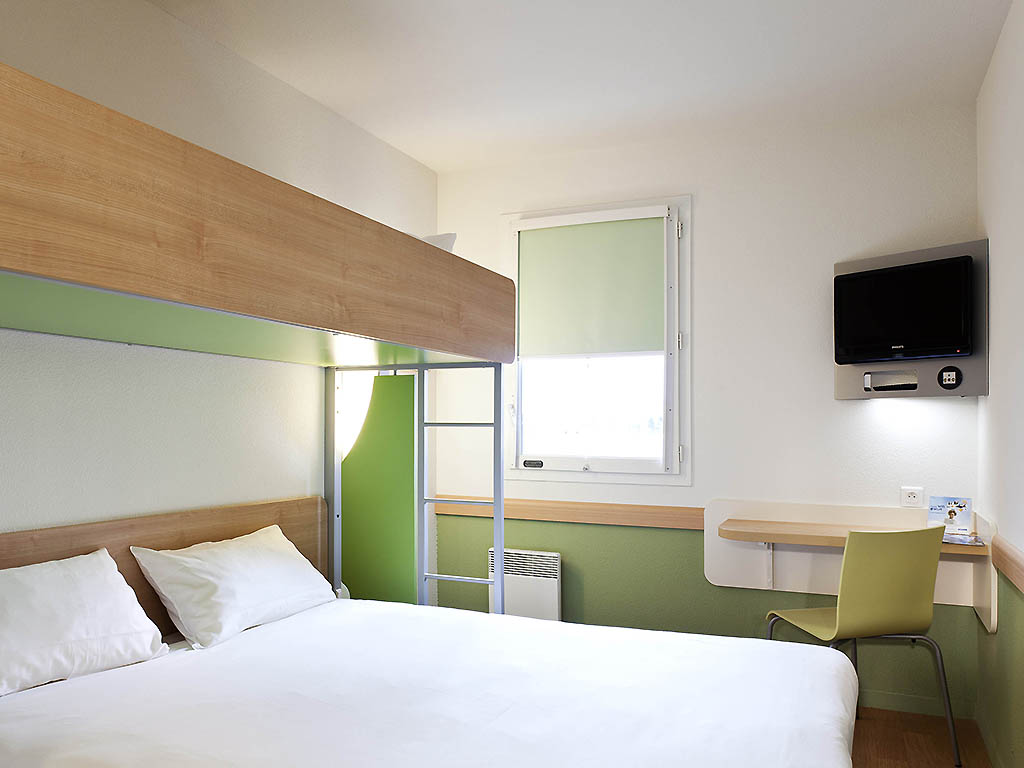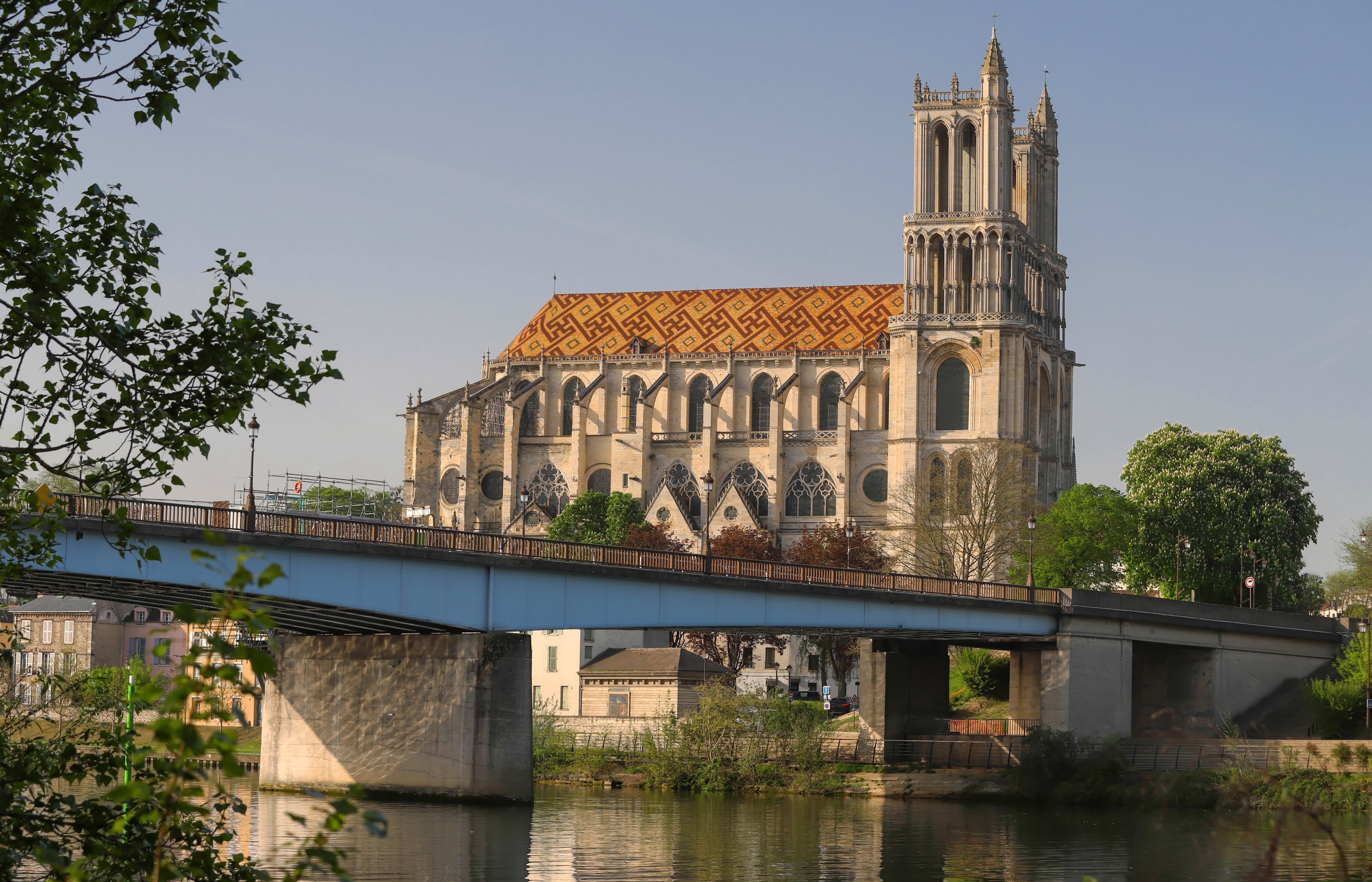
WEIGHT: 57 kg
Breast: 36
1 HOUR:200$
Overnight: +60$
Sex services: Hand Relief, BDSM, Fisting anal, Lapdancing, Soft domination
Philippe Hiquily, a reluctant hero, came into this life on a path that would often tempt him to stray away under the onslaught of an unpredictable destiny. His incongruous endeavors seemingly deviating from the initial goal only appear to do so and actually push it forward in a single direction. His path reveals a unity captured by his work. An alert mind, actively engaged in restless questioning, attests to an independence that kept him at a distance from groups.
Never fully agreeing with the Surrealists, nor with the abstract artists, he exploited an aesthetic vein whose enchantment would never run dry. Philippe Hiquily was born in Montmartre in All of them would choose to work in metal, after acquiring basic knowledge in sculpture. They mastered the study of live models and the steps involved in modeling and working in plaster, clay and ceramic to hone their manual dexterity. Hiquily left the School of Beaux-Arts in after receiving the Prix de Sculpture for his Neptune, a monumental work in iron.

However, he rejected any system that would hinder the independence of his work. The Fifties: a time for experimentation and initiation. Acquiring a studio in on rue Raymond Losserand that he kept until gave him the opportunity to work in total freedom. During one year, he frequently visited the studio of Germaine Richier, and gaining her trust, he made original pedestals for her sculptures. His evolution in the visual arts had begun.
The elongated shapes were inspired by the Cycladic idols. The scarcity of materials from scrap merchants led to his developing a language whose narrative was part of his creative process, quickly distinguishing him from his contemporaries.

With his first mobiles, movement became integral to his sculpture, giving free rein to his innate inventiveness: Fontaine mobile is inspired by a moving acoustic structure made of bamboo used to scare birds away from the rice fields of Laos, where he was in Automate and Danseur de corde use a mechanism to set them in motion, a technique he would develop later with greater sophistication. He met Calder, whose mobile pieces he admired, at Les Deux Magots. The introduction of motors gives his sculpture an entirely fresh autonomy.


































